



The topic of the week appears to be social media communications. There was piece in the Sunday New York Times on April 12th that made me think about the ways technologies of speed are changing the stories we tell and the methods we use to disseminate them. The illustration, shown here, is by the remarkable artist Yuko Shimizu.
The article, "If Only Literature Could Be a Cellphone-Free Zone" is by Matt Richtel, author of Hooked, "a Thriller about Love and Other Addictions." (Reviewer Katherine Neville writes: "Hooked is a wild roller-coaster ride through the hidden world where digital and biological cultures meet and clash. The scariest thing about Matt Richtel's astonishing first novel is that it is all possible, it is all probable – and it is all probably happening to us right now.")
Richtel observes: "Technology renders obsolete some classic narrative plot devices: missed connections, miscommunications, the inability to reach someone." He talks about writing his book and receiving feedback about the need to factor in the cell phone: contemporary plots can no longer be constructed on the assumption that characters aren't able to get in touch with each other, almost instantly and effortlessly.
Richtel quotes author M.J. Rose, who is setting her next book in 1948 in order to increase her miscommunication plot options: "You miss a train in 1888 or even 1988, and have no way to contact the person waiting at the station on the other end...he thinks you've changed your mind, been captured, weren't able to escape. You miss a train in 2009 and you pull out your cell phone and text that you'll be two hours late." Mystery collapses, logistical problems are easily resolved.
Think of all of the stories in which the exchange of letters or other messages over time stretches our sense of suspense and curiosity. We still feel this, of course: it hasn't gone away. We are just casting messages over broader distances, with electric, elastic response time, to friends and strangers alike. The suspense of waiting by the phone, or by the keyboard, has not gone away.
Plot is understood as a primary sequence of events. With cellphones, plots can be radically compressed; characters are no longer plausibly isolated. For all practical purposes, GPS systems locate them precisely in space and time. And yet, surely, mystery remains, only to be displaced into some other kind of psychic space. What does the literature of that kind of compression look like? Poetry, perhaps? A sequence of tweets? Graphic novels?
There's a nice communication bonus here, thanks to social media: Yuko Shimizu has written a post at her blog about the illustration process, giving a backstage studio glimpse of how she came up with the image (in both web and print versions) under a very tight deadline. This is one of those cases where the existence of the Internet, with its supplemental features, enriches the original newspaper article in an exponential way.

























































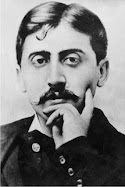






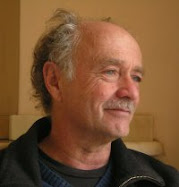











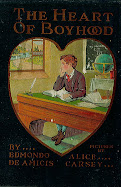


























































.jpg)














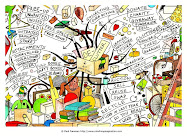






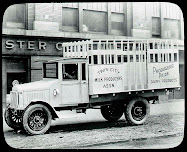





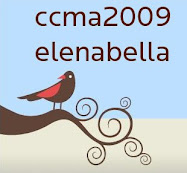






























































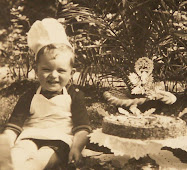














































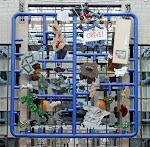.jpg)








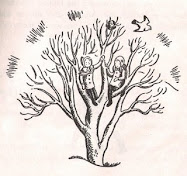







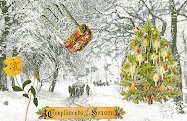


























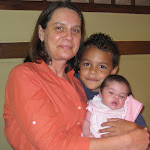





























































2 comments:
Elena, good looks at how telling a story and posting a job's work have two different responses to information technology.
We mostly become users of the tools given us, not questioning their limitations, or even their efficacies.
Matt Richter' piece illustrates one problem plot makers are annoyed by, keeping a fast pace, as if he's using a phone rather than a keyboard.
Shimuro is indeed a splendid artist. Glad to see a bit of her work. I like her attitude about technology, too. wknnd
Thanks to Richter, I keep thinking about the role of messages in novels: all those letters in Jane Austen, the calling cards left with servants, telegrams bearing urgent news (consider their tweet effect). How did life change with the passing of the carrier pigeon: and what was that all about?! There is no doubt that plots are truncated and shaped by the speed of communications. Yet we plot all the time: I'm plotting my next cup of tea – and next posting – right now!
Post a Comment